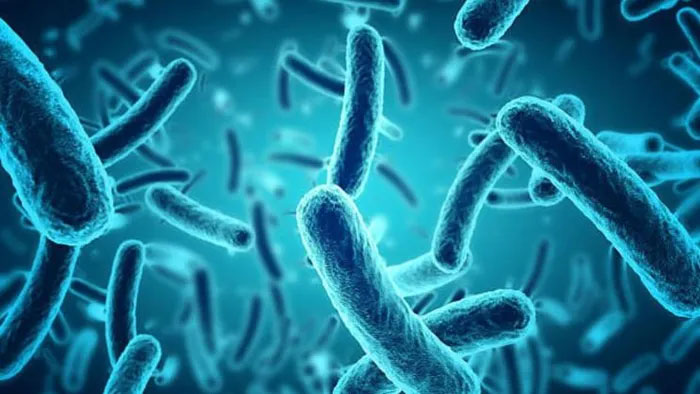Antibiotic resistance is one of the major issues threatening human health. Therefore, numerous studies have been conducted on this matter, and scientists worldwide are continually developing research to combat this issue, especially as the world is persistently threatened by epidemics.
Researchers from Rockefeller University have synthesized a new type of antibiotic with the help of bacterial gene products. This bacterial gene has been developed to target and eliminate bacteria that are resistant to other antibiotics. The molecule, named cilagicin, has been tested on mice and acts as a new mechanism to prevent antibiotic resistance and combat several other deadly pathogens.
According to Sean F. Brady, the lead author of the study: “This is not only an incredible new molecule capable of killing other bacteria, but it also confirms a new method for discovering new therapeutic drugs.”

It is no surprise that most antibiotics are derived from bacteria.
As the development of bacteria often includes the emergence of mechanisms to eliminate one another, it is unsurprising that most antibiotics are derived from bacteria. However, the increasing drug resistance as bacteria continuously evolve and combine to create new antibodies presents a significant challenge. To counteract this, scientists must develop new mechanisms of action against bacteria.
One difficulty is that many antibiotics may be hidden within the genetic makeup of bacteria that are challenging or impossible to test in the laboratory. Brady states: “Many antibiotics come from bacteria, but most of these bacteria cannot be cultured in the lab. We may be missing out on most antibiotic types.”
For the past 15 years, Brady’s laboratory has employed an alternative method, including searching for antibacterial genes in soil and culturing them alongside other bacteria in the lab. However, this approach also has its limitations. When genetic sequences are present in synthetic gene clusters, these gene groups work together to produce certain proteins, which are the source of most antibiotics. Yet, with current technology, these gene clusters are often inaccessible for creating antibiotic formulas against antibiotic-resistant bacteria.
Unable to unlock many bacterial gene clusters, Brady and his colleagues turned to using algorithms on the gene sequences themselves. Modern algorithms can predict the structures of antibiotic-like compounds that bacteria with these sequences might produce by isolating the genetic instructions within the DNA strands. Subsequently, organic chemists can utilize this data to synthesize the predicted structures in the lab.
Zonggiang Wang and Bimal Koirala, postdoctoral colleagues in Brady’s lab, began working on a massive gene sequence database aimed at identifying potential bacterial genes crucial for destroying other bacteria that had not been previously investigated. The researchers input relevant sequences from the gene cluster named “cil” into an algorithm that proposed a limited number of compounds that “cil” could produce. One compound, aptly named cilagicin, was shown to be an effective antibiotic.
It turns out that cilagicin works by binding two molecules, C55-P and C55-PP, both of which support bacterial cell walls. Bacteria frequently develop resistance to existing antibiotics by combining their cell walls with remaining components. The research team believes that cilagicin’s ability to “lock out” both molecules could serve as an insurmountable barrier against drug resistance.
Although cilagicin has not yet undergone human trials, Brady’s lab will conduct further syntheses to enhance this compound in future studies and test it on animal models, showing promising results in combating infections and diseases, which is a positive signal in medical research.
The results of the study have been published in the journal Science.


















































